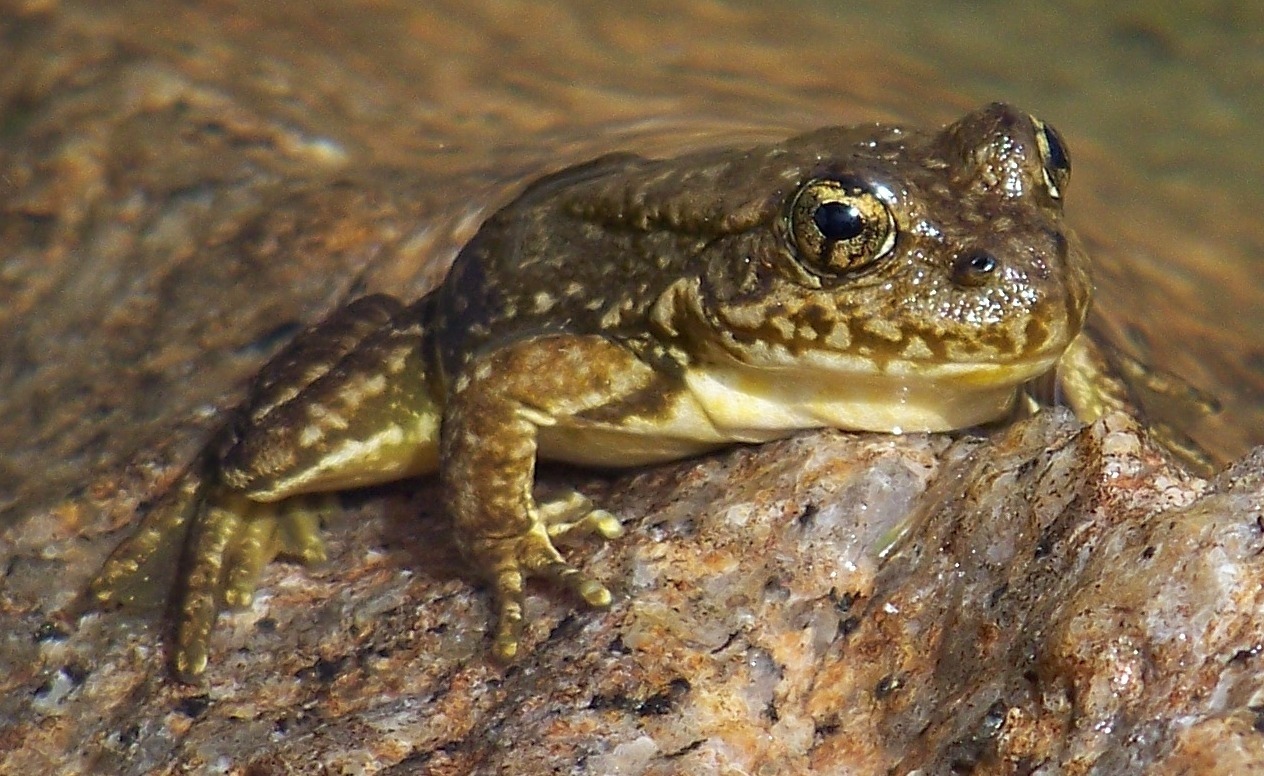*This is a 2019 archived project, view this year’s projects here.
Thanks to Conservancy donors’ support, Yosemite is at the forefront of efforts to protect three at-risk amphibian species: the Yosemite toad, Sierra Nevada yellow-legged frog and California red-legged frog.
In 2019, with your support, scientists applied cutting-edge techniques, including statistical modeling, environmental DNA assessments, audio analysis and radio telemetry, to learn more about those vulnerable aquatic animals and hone future conservation work. They also released adult red-legged frogs that had been reared at a special San Francisco Zoo facility into carefully selected riparian sites in Yosemite Valley, and released zoo-raised yellow-legged frogs in high country lakes.
Scientists also studied particularly resilient toad populations, and at recently released or relocated frog populations, in order to expand their understanding of factors that contribute to each species’ survival and gain valuable insights to increase the pace, scale and success rate of amphibian restorations in Yosemite and beyond.
Your gift funded important work to help ensure Yosemite’s native amphibians can thrive in Sierra Nevada lakes, rivers and wetlands.
Completed in partnership with Yosemite National Park; University of California, Berkeley; University of California, Santa Barbara; and University of Colorado, Boulder.

